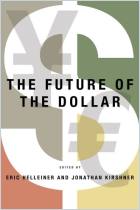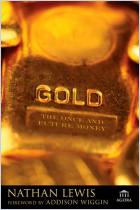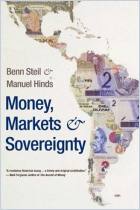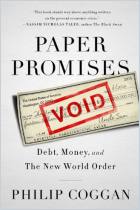
Read or listen offline
Amazon KindleRecommendation
This book is a thoughtful, amply documented reflection on the future of currency. The dollar, euro and yen dominate the global monetary order, with the dollar now unrivaled at the top and unlikely to be threatened in the future. The countries that issue lesser currencies face a trade-off between monetary sovereignty and international acceptability (with all its economic advantages). Some economists say these lesser currencies should simply dollarize, that is, sacrifice their monetary sovereignty on the altar of international economic efficiency by adopting a stronger currency as their own. Author Benjamin J. Cohen argues that these countries are likely to reject dollarization because the emotional and political advantages of issuing one’s own currency are simply too strong. He suggests various alternate mechanisms that allow countries to maintain some monetary independence and authority while gaining the advantages of a fully liquid, widely used currency. Non-specialists may find his extensive discussions a bit dry or sometimes tedious, but getAbstract.com applauds the author’s ability to explore monetary economics in admirably lucid detail.
Summary
About the Author
Benjamin J. Cohen is the Louis G. Lancaster Professor of International Political Economy at the University of California, Santa Barbara. He is the author of nine previous books, including Organizing the World’s Money, In Whose Interest and The Geography of Money.





















Comment on this summary or Diskussion beginnen